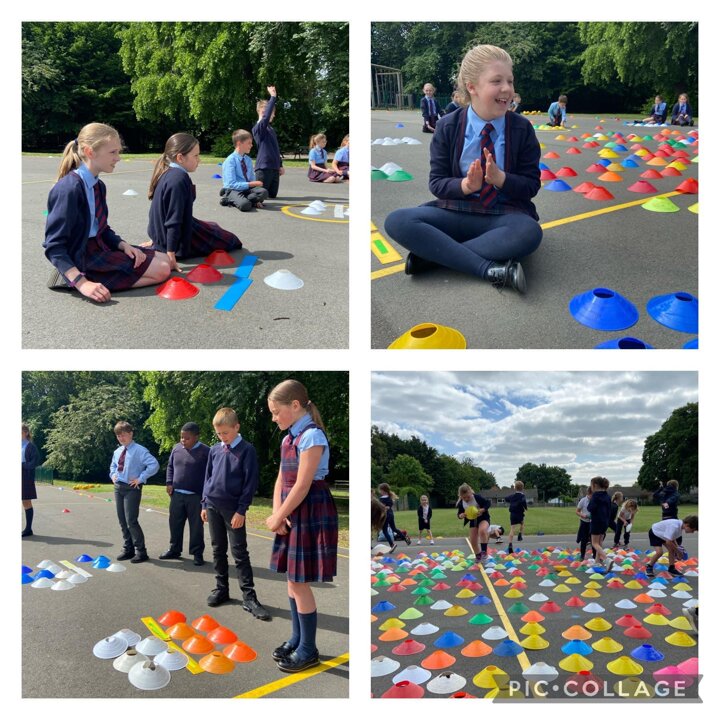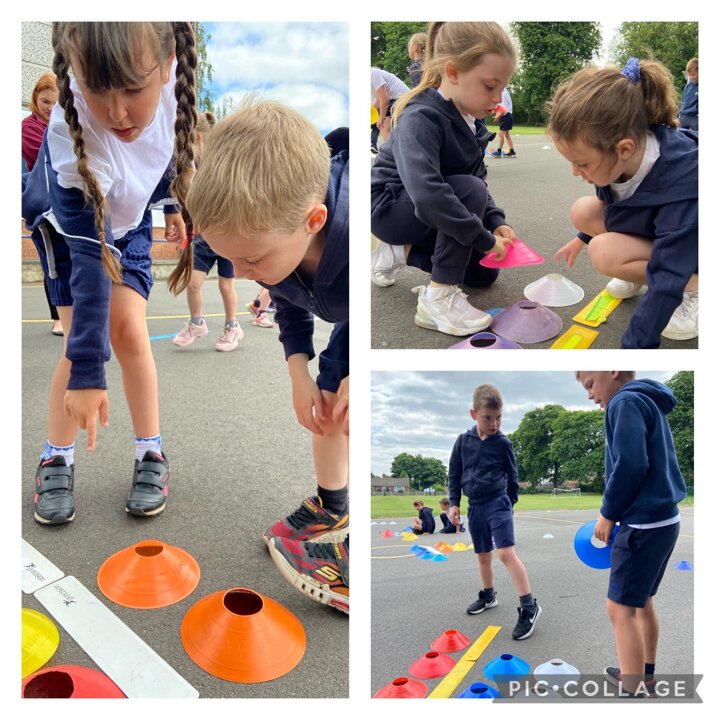Mathematics
Subject Lead: Mrs Ellis and Miss Houghton

At St. Joseph’s, we are committed to ensuring the curriculum is purposeful, progressive and empowering for every child. We value all of our children and celebrate diversity of experience, need, interest, and achievement. Our curriculum provokes curiosity and excitement for all children at St. Joseph’s. We recognise that we are building the foundations for life-long learning with Christ at the centre. A shared love of literature throughout school and our faith life and Gospel values, Trust Character Virtues and British Values, sits alongside our curriculum drivers. Our curriculum drivers are what makes our curriculum unique to us here at St. Joseph’s. They are woven through all that we do and underpin our shared belief that our role is to support and help our children to understand their place within their local town, their country and in their world as a global citizen; to have experiences that become part of their life story; and aspire to achieve their very best, having been shown that there is a world of possibility awaiting them, outside of the school gates.
Intent
At St Joseph’s Catholic Academy, we intend for children to:
- To develop a strong understanding in number
- Enjoy mathematical learning through creative, engaging and structured lessons
- Make connections across mathematical ideas to develop fluency and mathematical problem solving
- To experience a Concrete Pictorial Abstract (CPA) approach to mathematical learning
- To be reflective learners
Implementation
At St. Joseph’s we teach maths daily following the National Curriculum. We use the White Rose Small Steps guidance to ensure lessons are pitched appropriately and consistently across the school. Click here to see the Maths year group end points/ready to progress criteria for each year group.
A spiral curriculum has been designed to enable pupils to develop and retain a rich network of mathematical knowledge, see the long-term plans below.
Lessons are designed in Maths to incorporate the EEF’s 7 step model to support metacognition. A wide range or resources are used to offer a broad and balanced provision for all children, to allow for a deep understanding.
Throughout aspects of the lesson children will experience a Concrete Pictorial Abstract (CPA) approach which allows pupils to spend enough time to fully explore a topic, reinforcing it with practice, before moving onto the next one.
Lessons are typically broken into six parts:
- Interleaving – children begin the lesson with retrieval questions from previous maths learning to activate prior knowledge.
- Learning Objective – the teacher introduces and explains the new learning for the lesson, including vocabulary.
- Modelling – the teacher models the learning for the lesson using worked examples.
- Guided Practice - children practice the learning in groups, pairs or individually guided by the teacher.
- Independent Practice – practice learning through varied fluency, reasoning and problem-solving to allow for a deep understanding.
- Reflection – ongoing reviewing of learning by both the adults and the children during the lesson.
Worked examples are used after the teacher’s initial input for the lesson, they provide an intermediary step between the teacher’s focused input and the pupils’ independent practice.
The type of worked examples used can be remembered using the acronym FAME.
F = Fading.
Fading is the process through which the scaffolding provided by the worked example is gradually reduced and removed.
A = Alternating.
Pupils to complete a similar problem using an ‘I do, you do’ format.
M = Mistakes.
Once pupils have developed some understanding of the topic, including mistakes in the worked examples can provide further challenge.
Supporting pupils to explain why incorrect solutions are wrong can help learners to develop deeper understanding than solely considering correct solutions.
E = Explanation.
Pupils are encouraged to reflect on the worked example and to self-explain why each step has been used. This process supports pupils to make sense of the modelled solution.
St. Joseph's Progression Documents
We follow the Mastering Number Project for all children from Reception through to Year 1 and Year 2. This project aims to secure firm foundations in the development of good number sense. The aim over time is that children will leave KS1 with fluency in calculation and a confidence and flexibility with number. Attention is given to key knowledge and understanding needed in Reception classes, and progression through KS1 to support success in the future.
Impact
- Engaged children who are all challenged
- Children who can all talk about Maths and their learning and the links between Mathematical topics
- Lessons that use a variety of resources to support learning
Enrichment
In KS2 the children all access Times Tables Rockstars, three times a week. We have a weekly Times Tables Rockstars club for our Year 4 children.
See our Maths Movement photographs.


